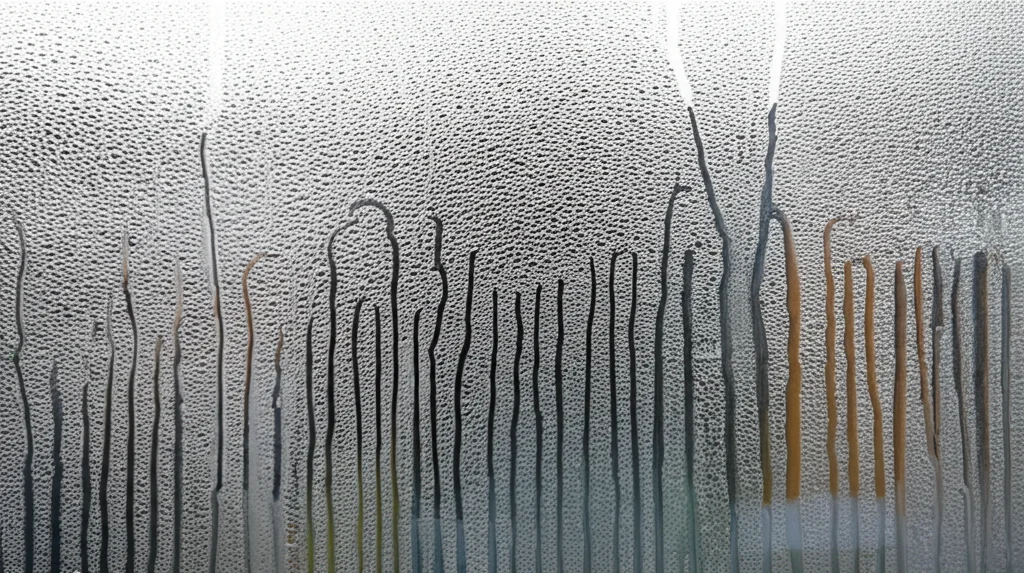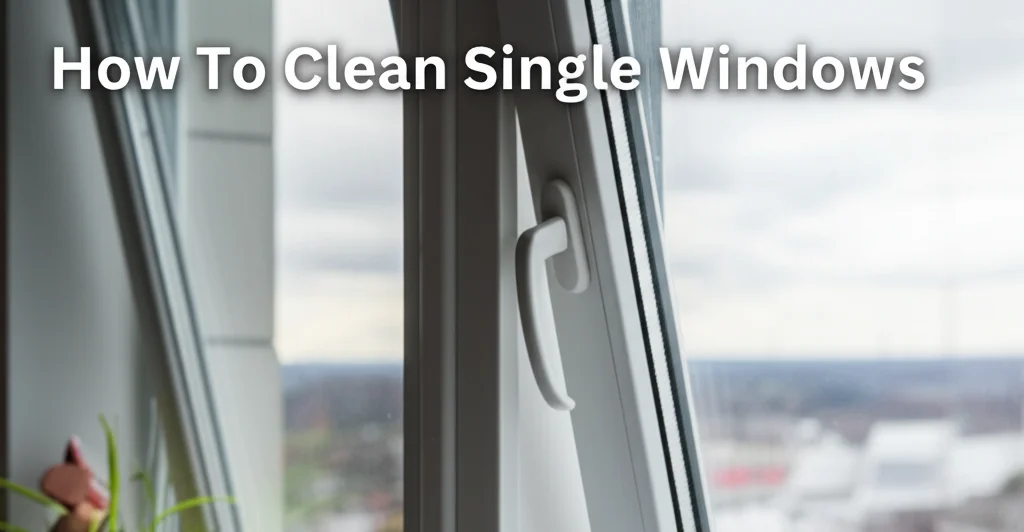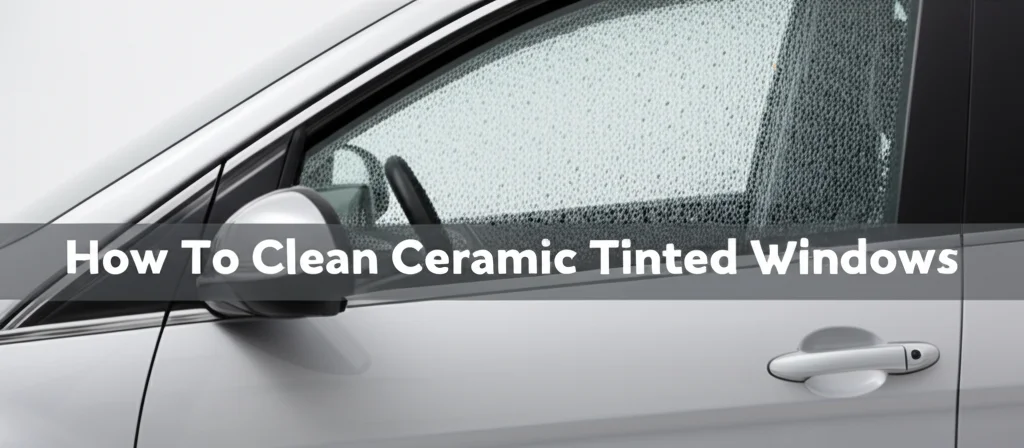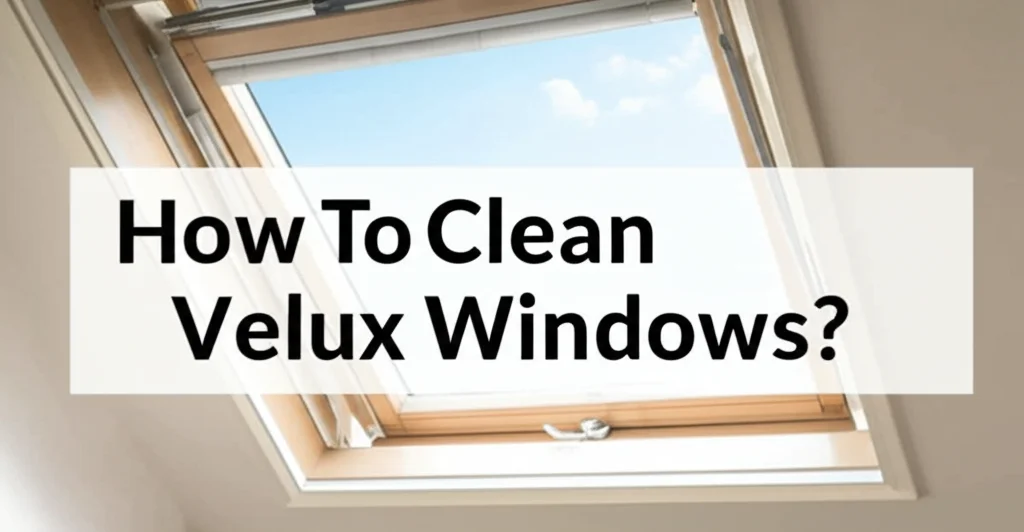· Home Cleaning · 7 min read
how to clean salty windows

How to Clean Salty Windows: A Sparkling Guide
Have you noticed a hazy, white film on your windows, especially if you live near the ocean? That’s likely salt spray, and it can be a real pain to remove. Cleaning salty windows isn’t just about aesthetics; salt can actually etch glass over time, causing permanent damage. This article will guide you through everything you need to know to effectively clean salty windows, from quick rinses to deep cleaning methods, ensuring a clear view and protecting your investment. We’ll cover the best solutions, tools, and techniques to get your windows sparkling again.
Quick Answer: To clean salty windows, mix equal parts white vinegar and water in a spray bottle. Spray the solution onto the windows, let it sit for a few minutes, then wipe clean with a microfiber cloth. Rinse with clean water and dry for a streak-free finish.
Takeaway:
- Regular rinsing prevents salt buildup.
- Vinegar and water is a powerful, natural cleaning solution.
- Microfiber cloths are essential for streak-free results.
Why Salt Builds Up on Windows
Living near the coast offers beautiful views, but it also means dealing with salt spray. Salt particles are carried by the wind and attach to your windows, creating a stubborn residue. This isn’t just a cosmetic issue; salt is corrosive. Over time, it can pit and damage the glass surface, making it harder to clean and reducing visibility. Understanding how salt affects your windows is the first step in protecting them.
Salt buildup isn’t limited to coastal areas either. Road salt used during winter can also splatter onto windows, causing similar problems. Regular cleaning is crucial, no matter where you live, to prevent long-term damage.
Gathering Your Supplies for Cleaning
Before you start, gather everything you’ll need to make the process smooth and efficient. Having the right tools on hand will save you time and effort. Here’s a checklist of essential supplies:
- Spray Bottle: For applying cleaning solutions.
- White Vinegar: A natural and effective cleaning agent.
- Distilled Water: Avoids mineral deposits and streaks.
- Microfiber Cloths: Lint-free and ideal for streak-free cleaning.
- Bucket: For mixing cleaning solutions.
- Squeegee (Optional): For larger windows, a squeegee can speed up the process.
- Soft Brush (Optional): For removing stubborn salt deposits.
- Dish Soap (Optional): A small amount can boost cleaning power.
You can find most of these items around your home, making this a budget-friendly cleaning project. If you’re looking for more general cleaning tips, you might find information on how to clean your floors helpful – check out this guide on https://www.beacleaner.com/how-to-clean-luxury-vinyl-plank-flooring/.
The Vinegar and Water Solution: Your Go-To Cleaner
The simplest and often most effective way to clean salty windows is with a vinegar and water solution. Vinegar’s acidity helps dissolve salt deposits without damaging the glass. It’s also a natural disinfectant, leaving your windows clean and fresh.
Here’s how to make the solution:
- Mix equal parts white vinegar and distilled water in a spray bottle.
- Shake gently to combine.
- Spray the solution liberally onto the windows.
- Let it sit for 2-3 minutes to allow the vinegar to break down the salt.
- Wipe clean with a clean microfiber cloth, using a circular motion.
- Rinse with clean water and dry with another microfiber cloth for a streak-free finish.
For particularly stubborn salt buildup, you can let the solution sit for up to 5 minutes. Remember, using distilled water is key to avoiding streaks.
Deep Cleaning for Heavily Salt-Encrusted Windows
Sometimes, a simple vinegar and water solution isn’t enough. If your windows have a thick layer of salt buildup, you’ll need a more intensive cleaning approach. This involves a bit more effort, but the results are worth it.
- Pre-Rinse: Start by rinsing the windows with plain water to remove loose salt particles.
- Soapy Water Wash: Mix a small amount of dish soap with warm water in a bucket. Use a soft brush or sponge to scrub the windows, focusing on areas with heavy buildup.
- Vinegar Soak: Spray the windows with the vinegar and water solution (equal parts) and let it sit for 5-10 minutes.
- Scrubbing (If Needed): If salt remains, gently scrub with a soft brush. Avoid abrasive cleaners or scrub pads, as these can scratch the glass.
- Rinse Thoroughly: Rinse the windows thoroughly with clean water to remove all traces of soap and vinegar.
- Squeegee and Dry: Use a squeegee to remove excess water, then dry with a clean microfiber cloth.
This deep cleaning method is ideal for windows that haven’t been cleaned in a while or are exposed to harsh salt spray. If you’re tackling multiple cleaning projects, you might also want to consider how to clean your carpets – this article on https://www.beacleaner.com/how-to-get-motor-oil-out-of-carpet/ could be useful.
Using a Squeegee for Large Windows
For large windows, a squeegee can significantly speed up the cleaning process and deliver professional-looking results. A squeegee removes water efficiently, minimizing streaks and drips.
Here’s how to use a squeegee effectively:
- Apply Cleaning Solution: Spray the window with your vinegar and water solution.
- Overlap Strokes: Start at the top corner of the window and pull the squeegee down in a smooth, overlapping stroke.
- Wipe the Blade: After each stroke, wipe the squeegee blade clean with a microfiber cloth.
- Repeat: Continue overlapping strokes until the entire window is clean.
- Dry Edges: Use a clean microfiber cloth to dry any remaining water along the edges of the window.
Practice makes perfect with a squeegee. Don’t be discouraged if your first attempt isn’t flawless.
Preventing Salt Buildup: Regular Maintenance
The best way to deal with salty windows is to prevent salt buildup in the first place. Regular maintenance can save you a lot of time and effort in the long run.
- Regular Rinsing: Rinse your windows with plain water every week or two, especially after storms.
- Protective Coatings: Consider applying a glass protectant or water repellent to create a barrier against salt and other contaminants.
- Window Coverings: Use window coverings like blinds or curtains to shield your windows from direct salt spray.
- Prompt Cleaning: Clean up any visible salt spray as soon as possible to prevent it from hardening.
Consistent maintenance will keep your windows looking their best and protect them from long-term damage. Maintaining your home also includes keeping your floors clean; you can find helpful tips on https://www.beacleaner.com/how-to-clean-hardwood-floors-with-vinegar/.
Frequently Asked Questions (FAQs)
Q: Can I use other cleaners besides vinegar and water?
A: Yes, you can use commercial window cleaners, but vinegar and water is a natural and effective alternative. Avoid cleaners containing ammonia, as they can damage window seals.
Q: How often should I clean my salty windows?
A: The frequency depends on your location and exposure to salt spray. Generally, cleaning every 2-4 weeks is sufficient.
Q: Will salt spray permanently damage my windows?
A: Yes, prolonged exposure to salt can etch and pit the glass surface, causing permanent damage. Regular cleaning and protection are essential.
Q: What’s the best way to dry windows without streaks?
A: Use clean, lint-free microfiber cloths. Avoid paper towels, as they can leave behind fibers. A squeegee also helps minimize streaks.
Conclusion: Enjoying a Clear View
Cleaning salty windows doesn’t have to be a daunting task. By following these simple steps and incorporating regular maintenance into your routine, you can keep your windows sparkling clean and protect them from long-term damage. Remember, the key is to act proactively and address salt buildup before it becomes a major problem. A vinegar and water solution, combined with the right tools and a little effort, will ensure you enjoy a clear view for years to come. Don’t let salt spray obscure your beautiful surroundings – take control and keep your windows looking their best! If you’re looking for more cleaning advice, consider exploring how to tackle other household chores, like https://www.beacleaner.com/how-to-clean-outside-windows-upstairs/.




